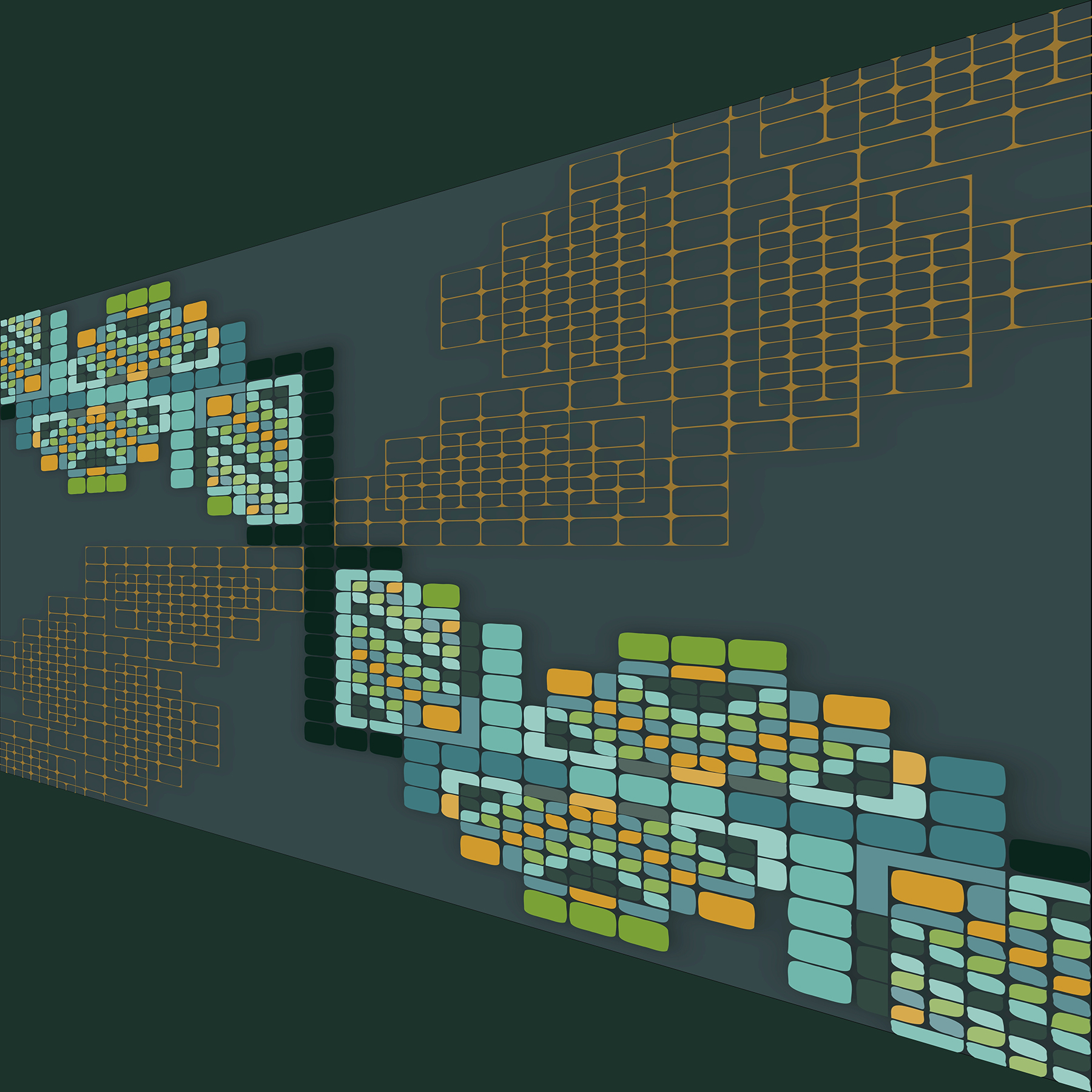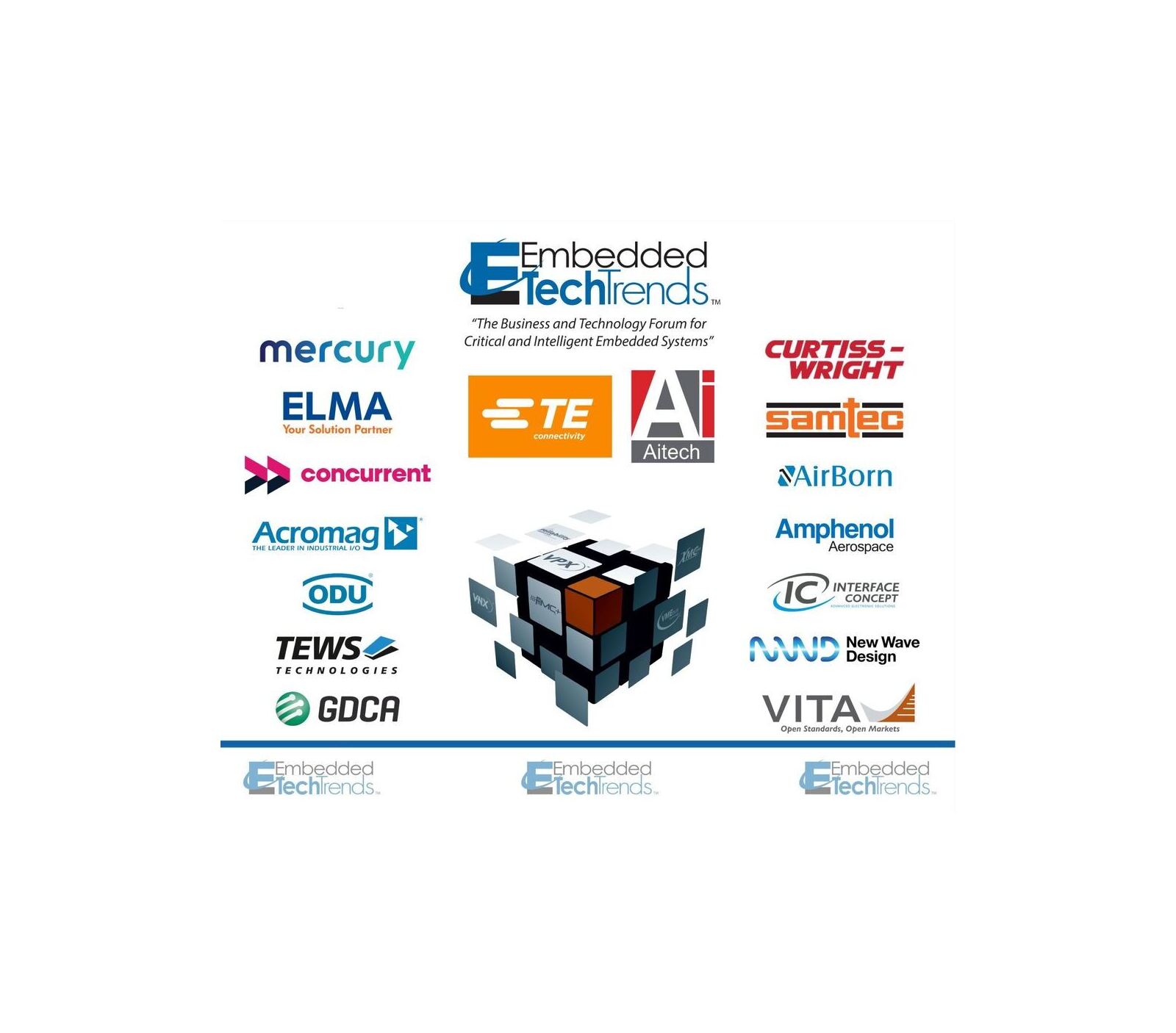The SOSA (Sensor Open Systems Architecture) Consortium is developing common open standards for designing, building, and deploying hardware, software, and firmware components of new military electronic systems. Contributing members to SOSA include the U.S. Department of Defense (DoD) – including the Army, Navy, and Air Force – along with key representatives from industry and universities.
The Sensor Open Systems Architecture (SOSA) Consortium adopts the most appropriate subsets of existing open standards to form a multipurpose backbone of building blocks for current and future embedded systems for radar, electro-optical/infrared (EO/IR), signals intelligence (SIGINT), electronic warfare (EW), and communications. Its objectives include vendor interoperability, lower procurement costs, easier technology upgrades, quicker reaction to new requirements, and longer life cycles.
Because the emerging SOSA hardware standard draws primarily from OpenVPX and other related VITA standards, the new technologies, topologies, and environmental requirements critical to meeting SOSA objectives must be supported by extensions to these VITA standards.
Let’s examine the VITA and SOSA organizations and how they interact, along with the challenges, successful strategies, and illustrative examples.
VITA background and mission
Introduced to the market in 1981, the VMEbus architecture began gaining market presence with specification development and products from Motorola and other early vendors, who formed the VMEbus Manufacturers Group (now VITA) in 1983. In 1985, VITA (VMEbus International Trade Association) was founded to promote VMEbus in worldwide markets. VITA published its first directory of 174 vendor companies and over 2,700 product families at that time. VMEbus soon won widespread acceptance and adoption by defense, government, research, and industrial customers.
The VITA Technical Committee, formed in 1987 to develop dozens of new extensions to VMEbus, evolved in 1994 into the VITA Standards Organization (VSO). A year earlier, VITA had become an accredited standards development organization with the American National Standards Institute (ANSI).
To overcome the known performance limitations of the parallel bus backplane of VMEbus, in 2003 VITA introduced the VITA 46 VPX standard to take advantage of new gigabit serial interconnect technology for 3U and 6U boards. In 2010, after widespread use, refinements, and serious interest in VPX for long-term defense programs, VITA announced the VITA 65 OpenVPX system specification – defining backplane and board-level profiles from COTS vendors – which was quickly ratified by ANSI.
VITA continues its strong role in promoting and developing open architecture embedded system standards, actively supporting numerous working groups in their standards development efforts, and working with vendors and other organizations to embrace new technology and meet new market requirements.
Open Systems Architecture directive and initiatives
In May 2013, the U.S. Under Secretary of Defense issued a milestone memo mandating that all acquisition activity must incorporate the Department of Defense (DoD) Open Systems Architecture (OSA) principles and practices. These principles include using existing or evolving open standards for well-defined modular hardware and software components that can be sourced from multiple vendors. Once proven, hardware platforms should be reusable for quick-reaction mission needs, feature upgrades, and new technology insertion. Software architectures must be layered and extensible to permit operating system and security upgrades, and to accommodate new applications and user interfaces. These advantages reduce development risks and help ensure significantly longer operational life cycles.
In response, each of the three primary U.S. service branches (Army, Navy, and Air Force) began developing standards that embraced OSA principles to meet future procurement needs of deployed systems for their respective services.
The Army’s CCDC [Combat Capabilities Development Command] in Aberdeen, Maryland, developed CMOSS [C4ISR/EW Modular Open Suite of Standards]. These standards included OpenVPX for hardware, VICTORY [Vehicular Integration for C4ISR/EW Interoperability] to share vehicle services (like time and position) for C4ISR/EW interoperability, and MORA [Modular Open RF Architecture] to share antennas and amplifiers. It also uses REDHAWK and SCA [Software Communications Architecture] frameworks.
The Navy’s NAVAIR [Naval Air Systems Command] in Patuxent River, Maryland, created HOST [Hardware Open Systems Technology], which initially focused on embedded processing for airborne and ground-vehicle missions. Its major goal of abstracting hardware and software components aligned well with OSA concepts. HOST hardware definitions include three tiers: Tier 1 defines the deployed platform (airframe, vehicle, UAV, etc.), Tier 2 defines the embedded system enclosure, and Tier 3 the boards, backplanes, modules, and faceplates. Tiers 2 and 3 are subsets of OpenVPX modules and profiles. A registry of Tier 3 products offers an approved catalog of components for sharing across programs.
The Air Force’s OMS [Open Mission Systems] initiative incorporates SOA [Service Oriented Architecture] for commercially developed concepts and middleware, and UCI [Universal Command and Control Interface], which standardizes messages and middleware for sharing command and control mission information between airborne system elements. OMS solidly embraced FACE [Future Airborne Capability Environment], a consortium of The Open Group that adopts open software standards for avionics systems, which gained full support of all three of the armed services.
SOSA Consortium
While each service made significant progress in advancing OSA principles, they did so through different initiatives that often shared common open standards, including OpenVPX and FACE. However, each initiative also included specific mandates tailored for service-specific platform requirements.
After recognizing these facts, administrators within DoD and each of the services perceived a strong need to promote a single, common initiative to define acquisition activities across all three services.
In early 2017, the DoD issued a Small Business Innovation Research (SBIR) solicitation for Sensor Open System Architecture Architectural Research outlining the numerous OSA initiatives and objectives for a unified solution. This resulted in the formation of the SOSA Consortium managed under The Open Group, a large organization with strict and well-defined practices, policies, and procedures for standards development efforts. (Figure 1.)
|
|
A primary mandate of the SOSA Con-sortium is broad participation, commitment, and contribution from the U.S. DoD – including the Army, Navy, and Air Force – as well as industry, academia, and other government organizations. Major objectives include development and adoption of open systems architecture standards for C4ISR to provide a common, multi-purpose backbone for radar, EO/IR, SIGINT, EW and countermeasure systems. Additional objectives include platform affordability; rapid fielding; reconfigurability; new technology insertion; extended life cycles; and repurposing of hardware, firmware, and software.
Inside the SOSA Consortium
The SOSA Consortium structure consists of two primary groups. The Business Working Group (BWG) defines business and acquisition practices and creates guidance for acquisition programs. The Technical Working Group (TWG) is responsible for defining the SOSA Architecture and producing the SOSA Technical Standard and SOSA Reference Design.
The SOSA Architecture presents a modular system structure, with tight integration within modules for encapsulating functionality and behaviors, plus well-defined interfaces. These modules must be based on open, published standards, with consensus-based influence stakeholders directing the evolution, and a strict conformance validation process. The SOSA Architecture protects IP [intellectual property] within the modules to incentivize innovation and competition.
The SOSA Technical Standard documents the SOSA Architecture with detailed rules and requirements drawn and adapted from a collection of open standards. The primary standards defining specifications for plug-in cards, backplanes, chassis, electrical components, and mechanical structures are actualy VITA standards.
The SOSA Conformance Policy, now being defined by the SOSA Conformance Standing Committee, will define processes for qualifying products against the Technical Standard. These include multiple-conformance verification processes, a single-conformance certification process, and a single SOSA-certified-conformant product registration process. Until the award of certification, no product can claim to be SOSA-conformant.
Membership in the SOSA Consortium is currently restricted to U.S. citizens and organizations, so that DoD-sensitive or classified requirements can be presented by representatives from the armed services to promote solution strategies within the SOSA Technical Standard. For this reason, technical details of ongoing discussions in the SOSA Technical Working Group may not be disclosed to the public. Once the standard is approved and released to the public, it will contain only specifications and rules, free from the underlying, sensitive use drivers.
VITA and SOSA Consortium
Because VITA is so central to the SOSA Consortium hardware definition, many of the same individuals in the SOSA Consortium TWG are also active participants in the VITA standard development efforts. Because restrictions on technical disclosures imposed on the TWG by the SOSA Consortium do not apply to VITA efforts, members of VITA must be mindful against referencing ongoing SOSA Consortium technical topics in their VITA discussions and publications.
Nevertheless, the TWG does release periodic “snapshots” of the evolving SOSA Technical Standard that are publicly available for review, the latest being Snapshot 2 released in January 2020. While no “conformance” to these snapshots may be claimed, they illustrate the direction and underlying principles guiding the final standard.
In some cases, the SOSA Consortium adopts only carefully selected subsets of existing VITA specifications. For example, the TWG adopted only a handful of the more than 100 3U and 6U OpenVPX slot and module profiles, based on an analysis that they could accommodate the majority of system requirements.
User-defined backplane pins defined in OpenVPX pose a conundrum for standardization efforts because they allow custom assignment of signals with interface standards, directions, and voltages. Profiles with user-defined pins are discouraged in SOSA Consortium standards. Instead, work is underway to assign a minimum set of specific I/O standards to each group of legacy user-defined pins for each of the OpenVPX control, data, and expansion planes.
SOSA Technical Standards restrict the primary VPX power supplies to +12V only, prohibiting +5V and +3.3V. This restriction greatly simplifies the previous OpenVPX issue of balancing among three voltages to simplify chassis power supplies and standardize the plug-in cards.
Unlike most OpenVPX systems, the SOSA Architecture requires hardware platform management leveraging the HOST 3.0 system management architecture, which itself is highly leveraged from VITA 46.11. A system manager module accesses all SOSA Architecture system elements for census-taking, health monitoring, trouble shooting, new firmware/software upgrades, and reset/recovery operations.
Backplane I/O for RF signals and optical interfaces in OpenVPX have gained significant traction in CMOSS, MORA, and HOST systems over the last six years, all enabled by VITA 66 and VITA 67 specifications. Eliminating front-panel cable harnesses wins high scores for maintenance and reliability. Some of the latest modular backplane standards offer extremely high density and even mixed RF/optical interfaces as shown in Figure 2.
|
|
In summary, when critical needs arise from SOSA Consortium customers (DoD services), SOSA TWG members can promote innovation for new standards within VITA to accommodate them, while still complying with SOSA Architecture restrictions.
Next steps
The release of the Technical Standard Snapshot 3 is scheduled for early second quarter 2020, but the current public health crisis may delay this because of cancellations of face-to-face meetings. Nevertheless, web-based conferencing will augment the regular on-going conference calls to help maintain the momentum.
It is expected that the release of the SOSA Technical Standard 1.0 will be completed about nine months after Snapshot 3. At that point, product vendors may begin the processes leading to full certification.
Nevertheless, vendors are now offering products that were “developed in alignment with SOSA” like the one shown in Figure 3. A key difference in the SOSA architecture from earlier open standards is the well-defined protection of IP, which encourages numerous examples of supplier innovation and investment.
|
|
The DoD is now issuing requests for proposals and information clearly favoring respondents that offer OSA-based solutions. The active participation in SOSA Consortium by the DoD – including the Army, Navy, and Air Force – embedded industry vendors, universities, and research facilities gives evidence of their substantial commitments of resources and personnel. These clear signals ensure that SOSA is well on its way to revolutionize the future of embedded military electronics systems.
Pentek
www.pentek.com












